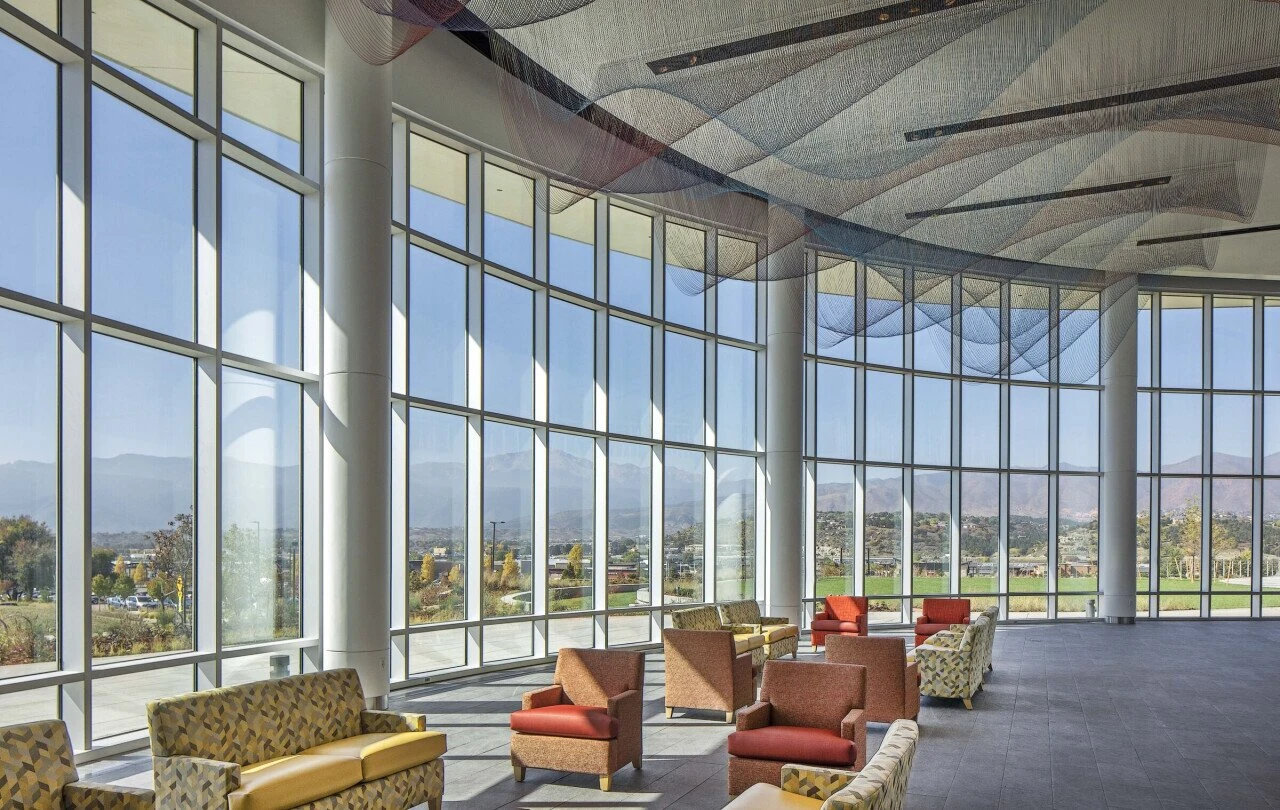

The Cost of Frosted Glass A Comprehensive Overview
Frosted glass, known for its decorative aesthetic and functional benefits, has gained popularity in modern architecture and interior design. Its ability to diffuse light while ensuring privacy makes it a sought-after material in various applications, from residential homes to commercial buildings. However, one critical consideration when integrating frosted glass into any project is its cost. In this article, we will explore the factors influencing the price of frosted glass, typical applications, and tips for budgeting effectively.
What is Frosted Glass?
Frosted glass, often referred to as etched or sandblasted glass, is produced through a treatment process that creates a translucent surface. This treatment obscures visibility while allowing light to pass through, making it a preferred choice for spaces requiring both illumination and privacy, such as bathrooms, conference rooms, and office partitions.
Factors Affecting the Cost of Frosted Glass
1. Type of Glass The base glass type significantly influences pricing. Standard float glass is typically less expensive than specialized options like tempered or laminated glass. Tempered glass, known for its strength and safety, tends to be pricier due to the additional processing involved.
2. Frosting Technique There are various methods used to achieve a frosted finish, including sandblasting, acid etching, and film application. Sandblasting and acid etching generally yield more durable results but come at a higher cost than film coatings, which are often the most economical option.
3. Thickness The thickness of the glass also impacts cost. Thicker glass provides better durability and sound insulation but tends to be more expensive. For most residential uses, a thickness of 3/16 inch to 1/4 inch is common, while commercial applications may require thicker glass for added strength.
4. Customization and Design Customized frosted glass, such as designs or patterns etched into the surface, can significantly increase costs. Intricate patterns or images can involve complex processes that require skilled labor and time, thus adding to the overall expense.
5. Size and Quantity The size of the panels and the quantity ordered will also affect the total cost. Larger panels can lead to higher transportation and installation costs, while bulk orders may qualify for discounts from suppliers.
6. Installation Costs It is crucial to consider installation expenses, which can vary based on the complexity of the project. Professional installation is often recommended for larger or custom pieces, adding to the overall budget.
Typical Applications

Frosted glass is versatile and can be used in numerous applications, including
- Residential In homes, frosted glass is commonly used for bathroom windows, shower doors, and interior partitions. It enhances privacy while creating a modern look.
- Commercial In offices, frosted glass is ideal for conference room dividers, office doors, and reception areas, providing a professional appearance without sacrificing natural light.
- Architectural Features Many architects incorporate frosted glass into staircases, railings, and facades, balancing aesthetics with functional benefits such as light diffusion.
Budgeting for Frosted Glass
When planning a project that includes frosted glass, it is essential to budget effectively. Here are some tips to manage costs
1. Research Suppliers Prices can vary significantly between suppliers. Comparatively researching multiple vendors can help you find competitive pricing.
2. Standard Sizes vs. Custom Whenever possible, opt for standard size panels, as custom sizes will invariably increase costs.
3. Simple Designs If aesthetics are a concern, consider simpler frosting techniques or fewer custom designs. They can save money while still achieving the desired effect.
4. Plan for Installation Always factor in installation costs when budgeting. DIY installation may save money, but professional assistance can ensure safety and a polished finish.
5. Long-Term Consideration While the initial cost may be higher, investing in higher-quality frosted glass can lead to long-term savings through durability and reduced maintenance.
In conclusion, the cost of frosted glass can vary widely based on several factors, including the type of glass, frosting technique, thickness, customization, and installation. By understanding these elements and planning accordingly, homeowners and businesses can make informed decisions that enhance their spaces without breaking the bank.